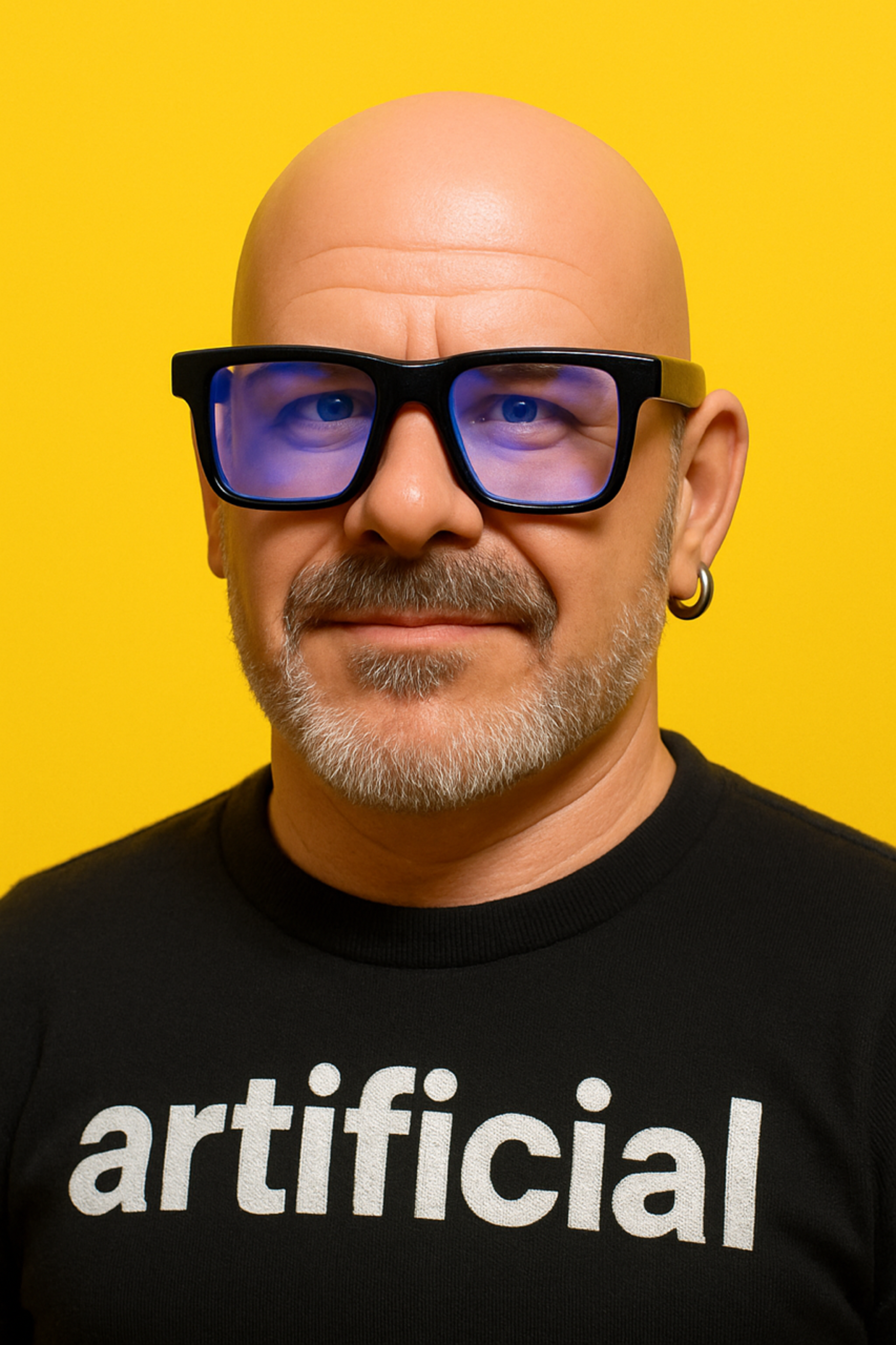Is AI art really art? Or is it, as Hayao Miyazaki, the creative genius behind Studio Ghibli, has said, “an insult to life itself?” The debate over the use of new AI tools rages on in the worlds of fine arts, graphic design, and film. Just last week, Oakland music venue Thee Stork Club banned the use of AI-generated artwork in promotional flyers — a small but loud stand.
But two SF-based art schools announced this week that they are embracing AI in their classrooms.
The Academy of Art University announced Monday that its creative director, Ross Patrick, will be “chief AI evangelist.” His role will be to “advance the integration of artificial intelligence across all creative programs,” integrating AI into coursework, developing a Master of Arts in AI (opens in new tab),” and strengthening the school’s ties to the local tech scene.
Patrick helped to develop the university’s AI for Visual Artists, AI for Everyone, AI Empowerment, and AI for Design courses (opens in new tab).
On Tuesday, the California College of the Arts, located in San Francisco’s Design District, announced its CCA-Nvidia Incubator for Creative Intelligence. The program will connect Nvidia experts to CCA faculty, create AI arts exhibitions, and strengthen students’ use of technology, according to the program’s description.
These announcements come amid a deepening relationship between tech figures and the city’s art scene; notably, Laurene Powell Jobs’ involvement in reviving the San Francisco Art Institute and Nvidia CEO Jensen Huang’s $22 million donation to CCA, which all but saved it from financial ruin.
Other universities and colleges nationwide are appointing chief AI officers (opens in new tab) to dovetail artificial intelligence into their curricula. But while most of these roles have been filled to address AI’s role in political science, computer science, and humanities (opens in new tab), most mainstream art schools are only now beginning to address the technology’s place behind the easel.
The use of AI in producing art has become increasingly controversial. Critics have called out a variety of issues, from alleged copyright infringement by AI generators that scrape datasets of human-made artwork from the internet to a growing threat to an already shrinking market of opportunities for professional artists, to the more philosophical worries that AI removes humanity from from what many argue is part of what makes us human at all – the creative endeavor. Proponents, meanwhile, counter that AI is merely a tool, like the pen or the brush before it, meant to help humans create.
CCA’s program is the first collaboration between the university and Nvidia since Huang’s donation in February. “We won’t just ride the AI wave; we will prepare the next generation of creative shapeshifters who prove that the best future empowers humanity at every turn,” CCA President David C. Howse said Tuesday.
And the school’s stance on AI won’t “be an uncritical one,” Howse told KQED (opens in new tab), explaining that part of the embrace of AI at CCA will be to grapple with these big questions.
While CCA’s program is its first official foray into AI, the Academy of Art University’s decision to appoint an AI evangelist is a deepening commitment. In addition to its AI courses and exhibitions of art created using the technology, the school has hosted hackathons integrating AI into design and exhibitions.
Earlier this year, the school shared an AI-generated teaser of its advertising students at work, calling such productions “the future of creativity.”
